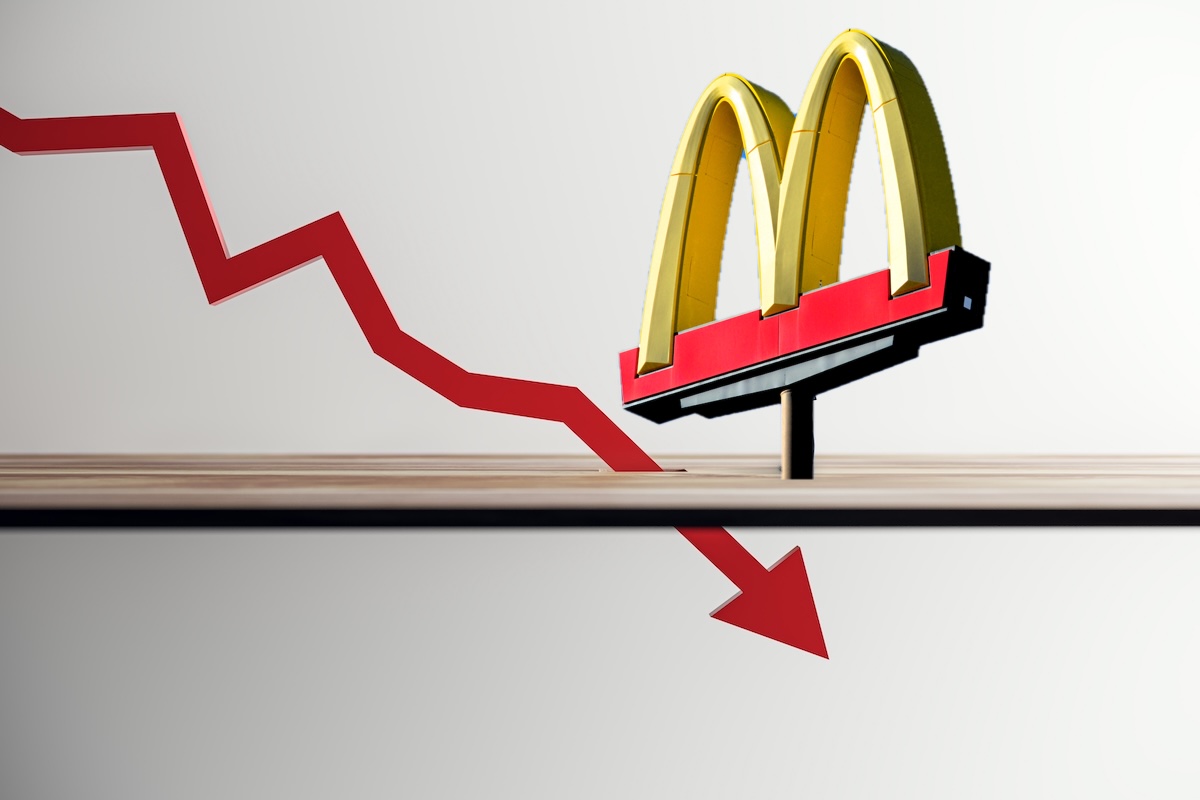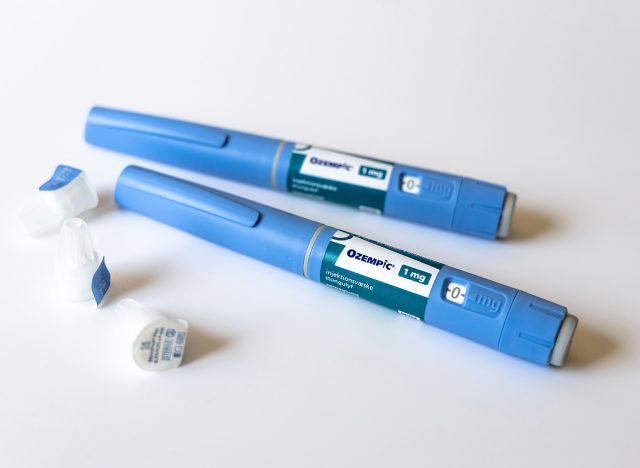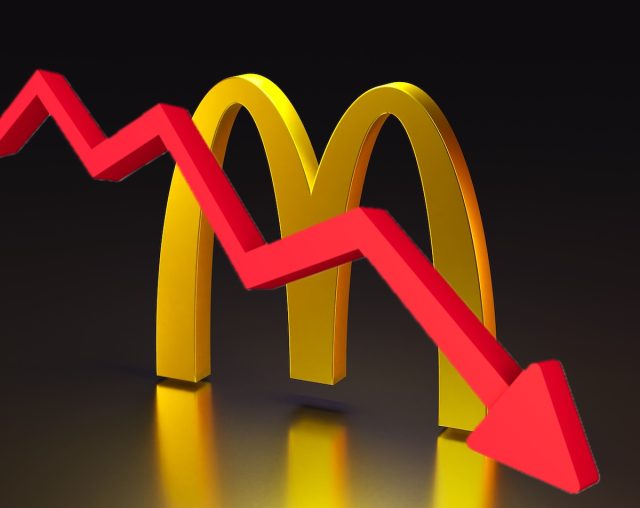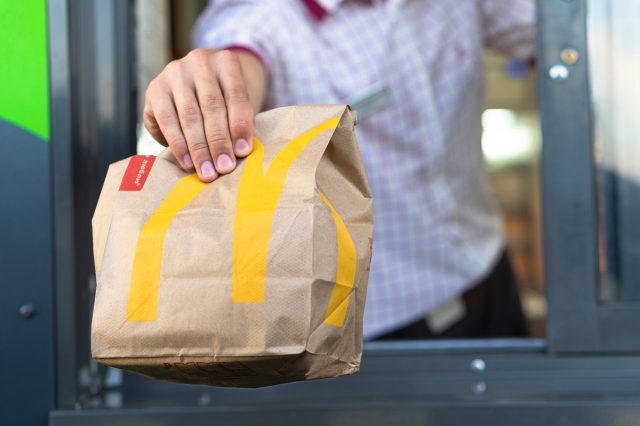6 Reasons McDonald’s Shares Just Dropped

Weight loss drugs like Ozempic and Wegovy are helping people lose weight. However, as the drug decreases appetite and helps people eat less, it is hurting one industry in particular: the fast food industry. McDonald’s shares were down by as much as 1.7% on Tuesday, according to the latest reports, and equity analysis firm Redburn Atlantic even downgraded the fast food brand’s stock rating two notches from buy to sell. Here are six reasons McDonald’s shares just took a hit, including the impact of weight loss drugs.
Weight-Loss Drugs Are Reshaping Eating Habits

According to Redburn Atlantic analysts Chris Luyckx and Edward Lewis, Appetite-suppressing GLP-1 medications, such as Ozempic and Wegovy, are reducing fast-food visits, particularly among health-conscious consumers. This may be costing McDonald’s millions in lost revenue. Redburn Atlantic estimates the chain could lose 28 million annual visits. This could equate to a projected $482 million yearly loss, nearly 1% of its total sales.
McDonald’s Faces a Major Drop in Customer Visits

According to the analysis, GLP-1 drugs like Ozempic and Wegovy are “demand disruptors” for fast food brands, as they reduce appetite and limit the number of calories consumed each day. These features of the drugs “could have serious implications for the restaurant industry,” Redburn analysts wrote.
Lower-Income Consumers Are Pulling Back More

Lower-income households who start using GLP-1 drugs are more likely to eat out less at fast food restaurants. This creates “material implications for chains with broad mass-market exposure,” like McDonald’s.
Behavior Shifts Go Beyond the Individual

Weight-loss drugs are also altering group dining habits, household routines, and social eating, key occasions for McDonald’s. “Behaviour changes extend beyond the individual user — reshaping group dining, influencing household routines and softening habitual demand. A 1% drag today could easily build to 10% or more over time, particularly for brands skewed toward lower income consumers or group occasions,” the analysts said.
Consumers Are Hitting a Breaking Point on Prices

Years of menu inflation are catching up and budget-conscious customers are increasingly resistant to McDonald’s prices. “Consumers are showing clear signs of pricing fatigue after years of aggressive menu inflation,” the analysts wrote. “Although the gap between eating out and at home has narrowed, it remains historically wide, reinforcing value concerns.”
Some Analysts Say the Threat Is Overblown—for Now

Experts like BTIG’s Peter Saleh argue the current overlap between McDonald’s core customers and GLP-1 users is small, but that could change in the next few years. “I don’t think there would be a meaningful GLP-1 impact on McDonald’s right now, but that’s not to say that in three or four years that won’t be the case,” he said. “I just don’t think we are there yet.”